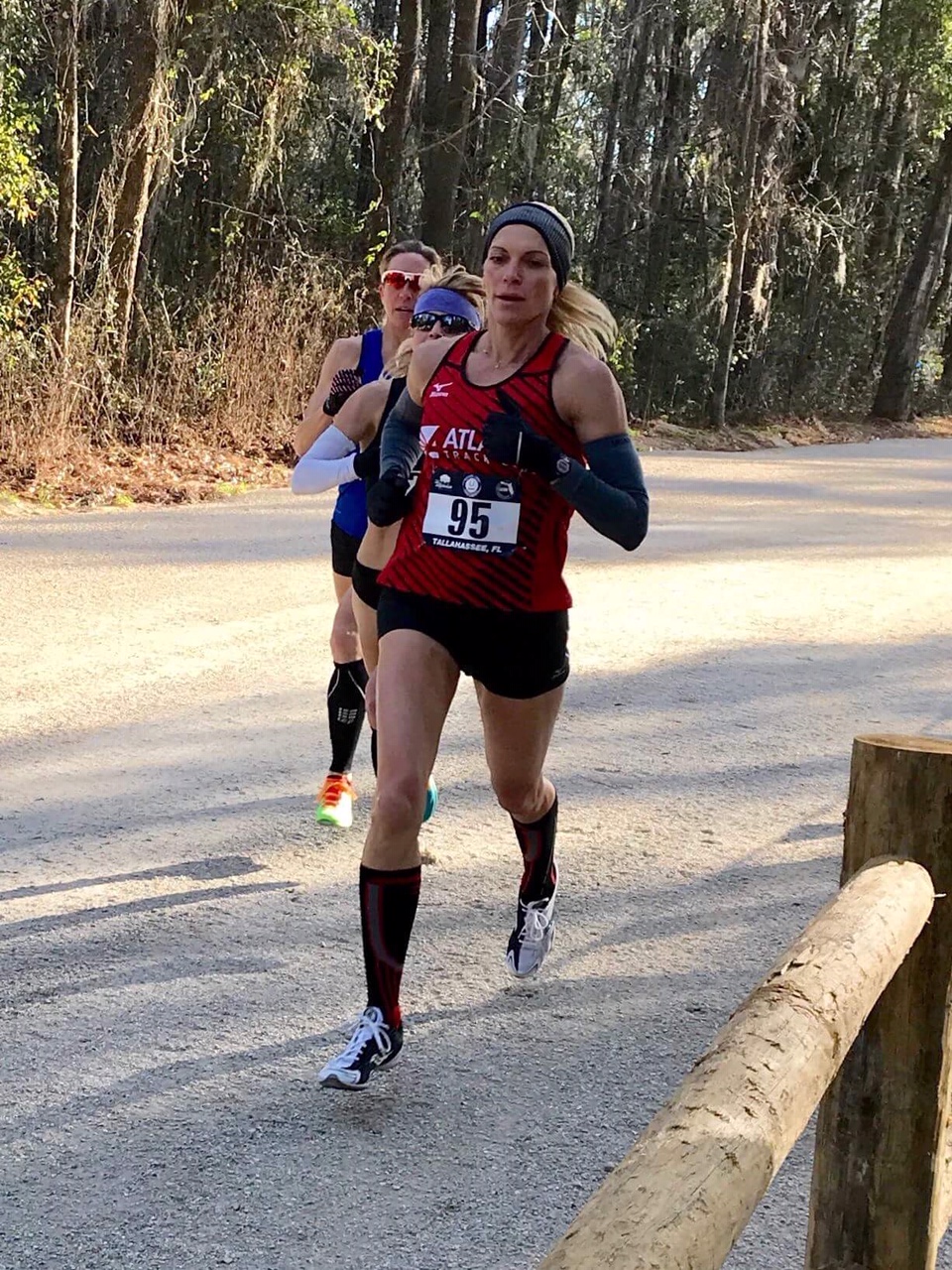
Being “Fast Over 40” as a female runner (or any athlete for that matter), is about more than just keeping your stride turnover fast, your body lean, and your strength and endurance primed. The hormonal changes that occur, for most females, after the age of 35 can wreak havoc on a competitive athlete’s training regimen, overall health, and athletic performance.
I’ve met some of these challenges lately and many of my fellow running competitors have echoed the same experiences. Recently, several colleagues and clients have asked me questions about different strategies to manage these issues. I thought I would share some of what I have learned and experienced in this blog post. By the way, Masters men, listen up because some of these experiences and solutions may apply to you too!
To start, here are 5 important factors you should consider to help manage any hormonal shifts caused by the aging process:
1) Get your bloodwork done regularly (2-3 times per year). Equally important: learn how to read your own labs and study them so you can stay ahead of any downward trends or patterns in significant health, wellness, and performance markers. Remember the old lesson about the bell curve? You may be in the “normal health” zone at the bottom of that bell curve for a marker (according to a general practitioner), but you will feel amazingly better at the top end of the curve. I recommend going to either a proven, progressive thinking GP, or a GP who is also a Wellness Specialist.
**Specific markers to target in your lab work: Thyroid (specifically T3 Free and T4), Vitamin D, Ferritin (stored iron), Cortisol, and the sex hormones – Progesterone, Estrogen, Testosterone. We all should make sure that those three hormones are balanced as much as possible. There are natural ways to support all three (but that’s a future blog article!).
2) Make sure your GUT health is on point. If it isn’t you will not be properly absorbing any of the nutrients you are taking in. This is the case with many of us! For example, I take an elite multi-vitamin from 1st Endurance. It includes probiotics, among the other essential minerals & vitamins an athlete needs. I also drink an organic “greens” blend every day (powder mixed with filtered water), and 2 tablespoons of raw apple cider vinegar each morning on an empty stomach, mixed with about 4 oz of water and a little raw honey. This truly helps my digestion and therefore my immune system!
3) Eat and absorb enough PROTEIN! Most of us do not take in enough protein to maximize our metabolism, muscle growth/maintenance, etc. Due to our high activity and weight bearing exercise, most active females should be taking in 1.2-1.3 grams of protein per day, per pound of lean body weight. (For males over 150 pounds the amount is even higher.) To determine your particular protein needs, first you would need to know your body composition. (Fat tissue to lean tissue ratio) For example, If you weigh 100lbs and are 15% body fat, then you would need 102 grams of protein (minimum) per day. (85lbs x 1.2). An easy way to track this is and all of your macros and hydration is with the “My Fitness Pal” App.
4) Are you eating enough calories?? The “My Fitness Pal” App will also calculate this for you. For active women over 40, a standard calculation for your base metabolic rate is your body weight x 10. Add to that daily chores and your bodily functions to sustain life…this number is usually around 300-400 calories per day for a female over 40 of average size and activity level. NOW, add in your workouts. Personally, I burn about 105 calories per mile at a 7-7:30/pace. I weigh on average 132-134 and I’m 5’7”. So let’s say I burn another 1000 calories per day from running, lifting/core work, etc. Using my data, I would burn at a MINIMUM, 2620 calories per day. If I want to lose weight I cut back by usually 500 cals/day to start. But if I want to sustain or build muscle, then I have to eat enough protein and match or increase my caloric intake related to my caloric burn. If you take in too little calories for too long, your body will start burning muscle for fuel. This is why many endurance athletes are light and thin, but do not have optimal muscle mass due to not absorbing enough calories and protein.
5) Make sure you are lifting heavy weights (safely) 2-3 times per week and doing either a HIIT style workout or a pure speed workout (80-200m FAST repeats with COMPLETE rest) at least once every 7-10 days. This kind of work stimulates our human growth hormone and testosterone production, and therefore builds lean muscle and burns fat.
The above are not the only factors to consider for an aging (female) athlete, but they are the ones that, in my experience, have the most impact, (other than sleep and recovery of course, which is yet another future blog topic!).
If you have other suggestions, experiences, or any questions, please feel free to share. We are all better when learn from each other!
Run happy and healthy!
-Sonja
